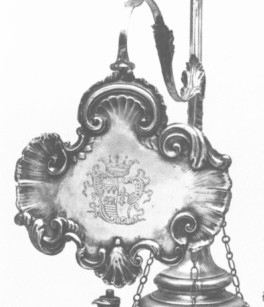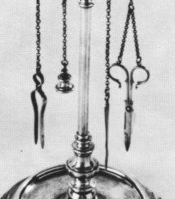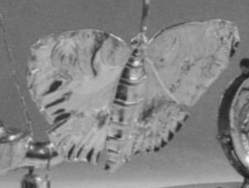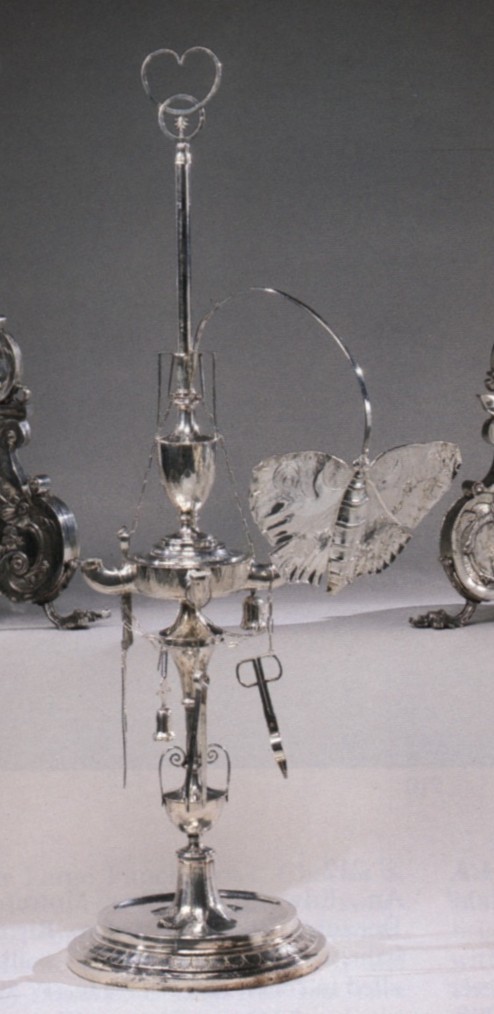|
|
article # 2 |
home |
next |
previous |
click on images to enlargeITALIAN ANTIQUE SILVER OIL LAMPS
|
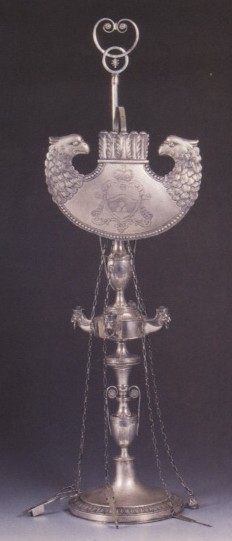 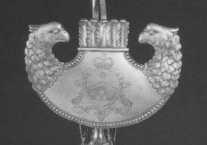 Rome 1807/1837, silversmith Vincenzo Bugarini. Four wicks spouts in shape of animal heads. The shade is decorated with the Chigi coat of arms. |
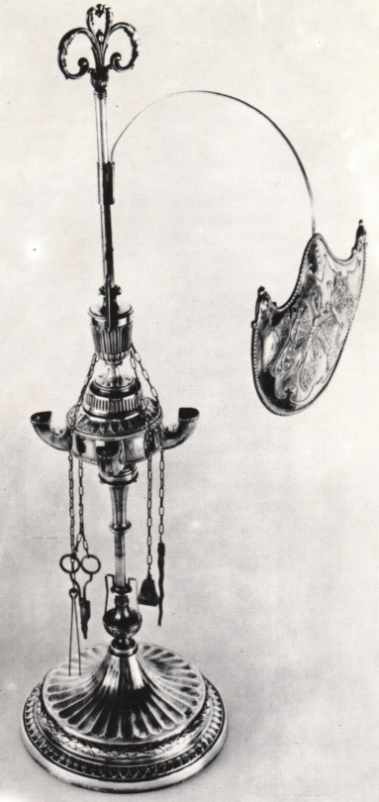 Rome, around 1780, silversmith Vincenzo Belli. Shade decorated with two butterflies |
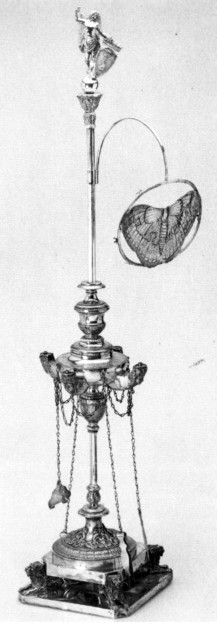 Rome, around 1835, 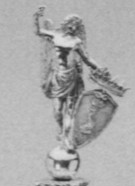 decorated with a figural finial depicting an angel with a shield
decorated with a figural finial depicting an angel with a shield |
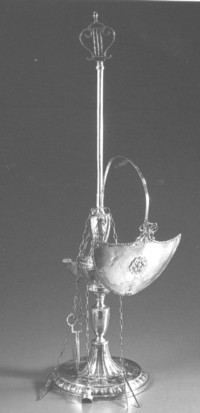 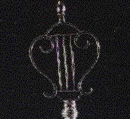 Rome, around 1820, silversmith Vincenzo Parenti, snuffer and shade of other silversmiths. |
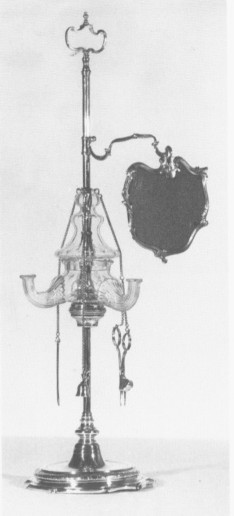 Genoa, hallmark 1752. The lamp has a crystal reservoir. The use of crystal for oil reservoir is a typical of Genoan lamps |
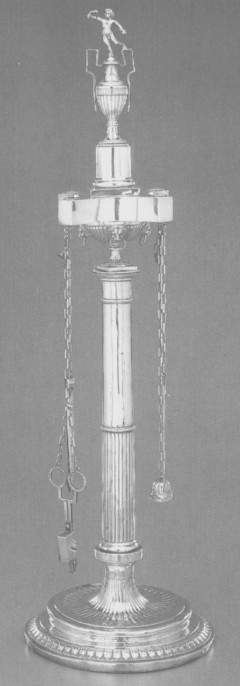 Rome, 1825, silversmith Girolamo Menazzi. Stem is a column supporting reservoir with four wicks spouts in the form of human heads. The lamp has chains for its maintenance accessories |
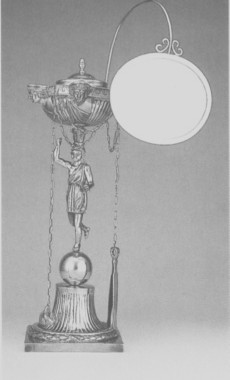 Rome, 1830, reservoir with one spout held by a figure over a globe |
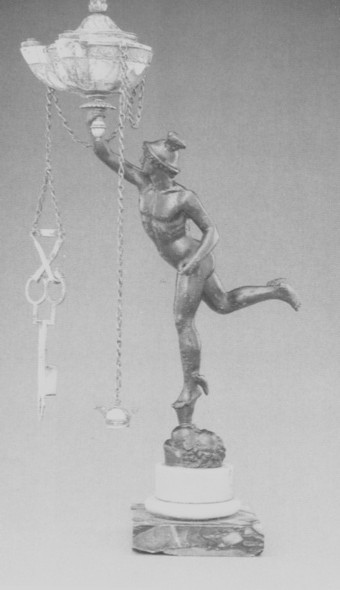 Rome, 1814, silversmith Antonio Mattei. Mercury was the favourite among Divinities and was frequently used for figural oil lamps |
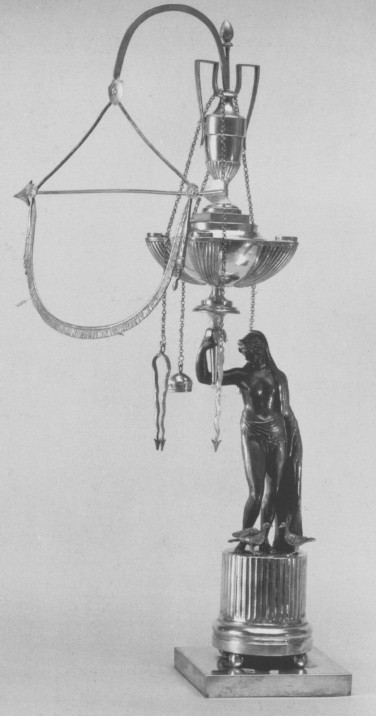 Rome, 1820, silversmith Roberto Tombesi. The female figure holding reservoir is in bronze. The shade was fitted with parchment paper (now missing) |
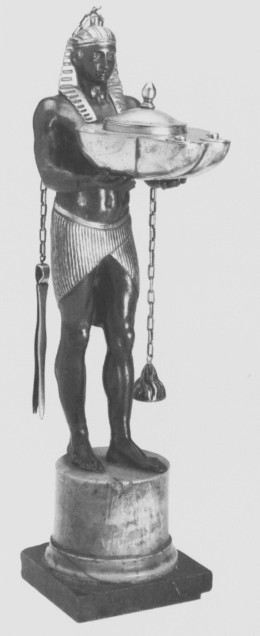 Rome, 1805, silversmith Antonio de Caporali. Silver, bronze and polychrome marbles. A typical example of "retour d'Egypt" style which spread after Napoleon's campaign in Egypt |
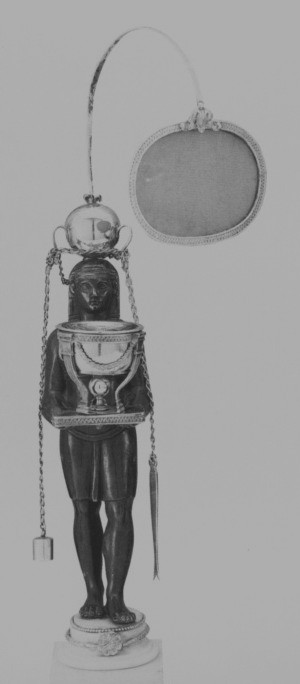 Rome, 1810, silver and bronze. Another example of "retour d'Egypte style" |
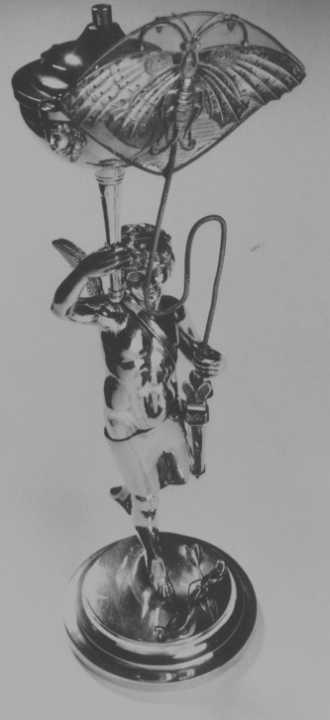 Perugia, 1830, silversmith P.P. Rancini. A winged Cupid supports a one-spout reservoir and the shade in the form of a butterfly |

